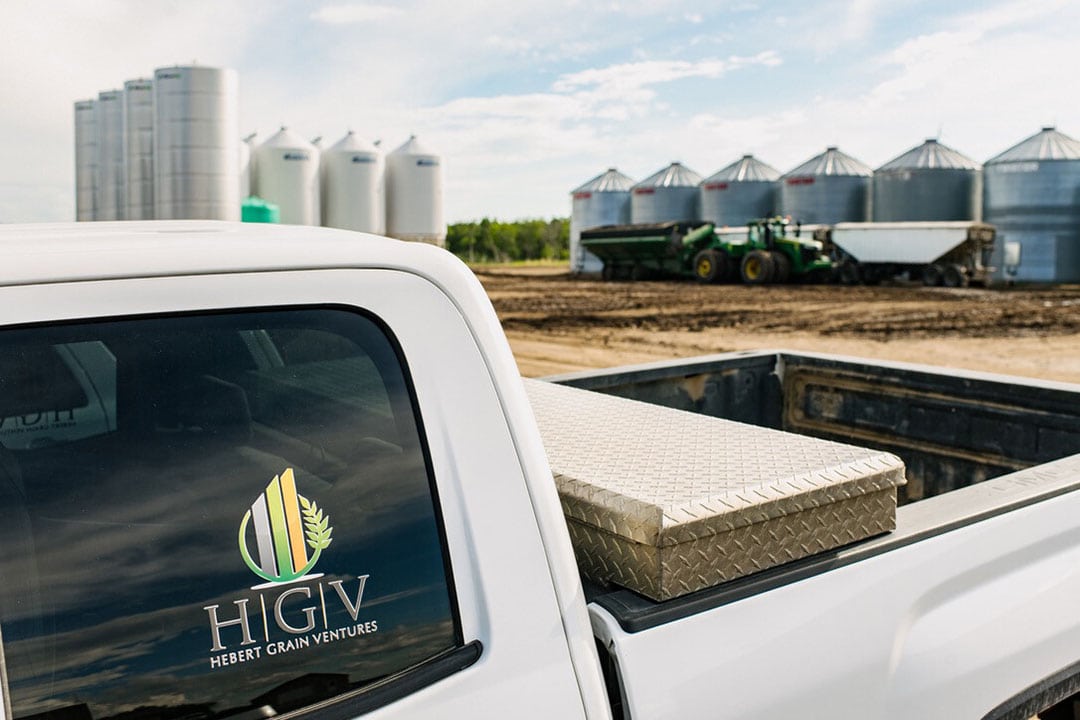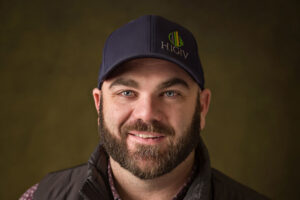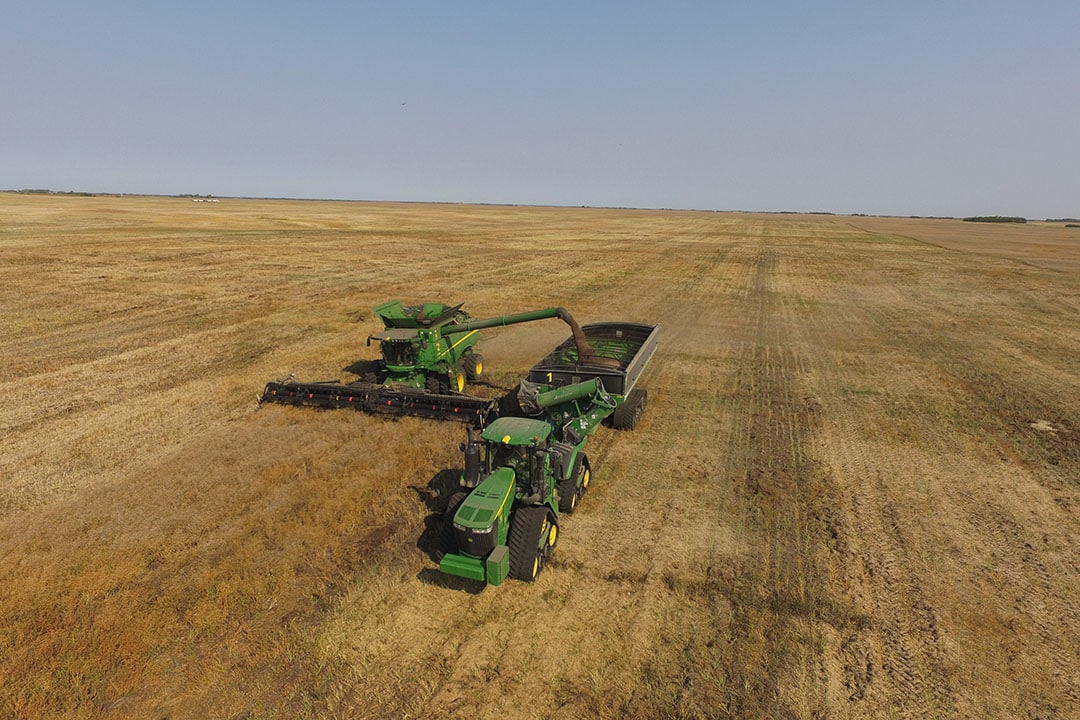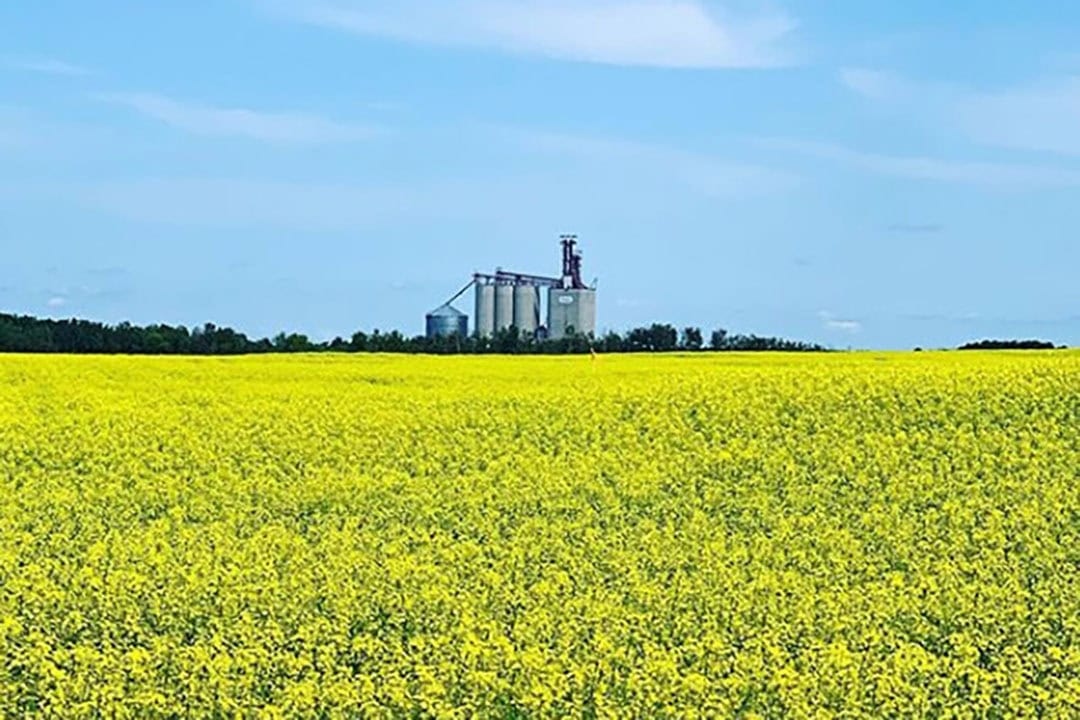Building a carbon market – an innovative farm business

Although carbon markets are talked about a lot in agriculture, there is still work to be done to fully realize them so that farmers rightfully gain another revenue stream as they continually capture carbon in their soils.
Preceding the agricultural carbon credit market, however, an accurate measure of how much carbon is being stored in the soil by using various crop practices is needed. This includes a baselines soil carbon analysis and changes over time, using the most appropriate technologies already on the market or coming soon.
A pilot project taking place this year at Hebert Grain Ventures (HGV) in Fairlight, Saskatchewan will build a good foundation for this in Canada and beyond. The project involves researchers at the University of Saskatchewan and University of Guelph as well as other partners, and is part of an initiative called the Canadian Alliance for Net-Zero Agri-Food (CANZA).
Text continues below picture

Available to the project
HGV is making its 30,000 acres (barley, wheat and canola are the crops this year) available for the project, as well as expertise in collaboration with the team of academics. This pilot stage, explains Kristjan Hebert (president of the Hebert Group, which owns HGV), extends over 12 months (basically 2023), but HGV also has soil sampling data going back to the ’90s that may support some of the data analysis.
Indeed, HGV has been predominantly ‘no till’ since the early 90’s, a practice known for resulting in sizable soil carbon capture, with some acres minimum till depending on the conditions, in order to help dry out periodic bouts of wet soils.
Besides the main goal of the project – a blueprint for farmers to follow to gain verifiable carbon credits – Hebert says the project will “demonstrate how sustainable western Canadian farm practices are already, world-leading in fact, so policy makers and consumers can see that agriculture is the solution.”
Technologies being tested
Although the project is still in its early stages, HGV and its partners are diligently mapping out which existing or emerging technologies are most suitable to do soil carbon measurement.

“Examples include testing the use of public satellite data as a method of soil carbon mapping to reduce soil-sampling intensity,” Hebert explains. “We are also testing the use of spectroscopy tools in the lab to reduce soil testing costs and verify the accuracy of these emerging technologies.” The team members are also discussing whether to bring spectroscopy tools into the field to validate their accuracy outside of the lab.
He notes that CANZA is also developing a technology partner outreach strategy that is focused on bringing new or developing soil carbon measurement tools into the project to validate their accuracy or efficiency in a field setting.
Sampling across 30,000 acres
At this stage, pilot project sampling locations and procedure are still being developed. Hebert notes that soil sampling for carbon programs has traditionally been quite an intensive, high-expense process, so the focus is on identifying new technological processes, modeling approaches and measurement tools that can be used to reduce the reliance on soil sampling, or make sampling more efficient by reducing costs or intensity.
The pilot project will primarily focus on measuring soil organic carbon in the first year
He further explains that “the pilot project will primarily focus on measuring soil organic carbon in the first year, but there are plans to develop a more robust set of indicators in future years, such as broader soil health, biodiversity and water quality indicators that will showcase the full range of environmental benefits farmers provide when using climate-smart practices.”
Hebert adds that with HGV’s older samples going back to the 90s, “where possible we can measure the changes due to management practices that have improved soil carbon sequestration.”
“This one-year case study will also allow us to gain feedback on the measurement approach to ensure it is farmer-friendly and scalable,” he says. “The measurement approach developed here [and the technology evaluated] will subsequently be used in larger-scale pilot projects in several different regions across Canada (for example, in Ontario, Alberta, British Columbia and Quebec) between 2024 and 2028, where soil carbon accumulation will be measured over time.”
Text continues below picture

Data analysis of John Deere
HGV relies on the John Deere ‘Reports’ system for most of this data analysis, and uses John Deere tractors exclusively for this reason (with Vanderstaad seed drills). “The data analysis is light years ahead of other brands,” says Shout.
On the subject of data analysis, Shout’s primary job is to run HGV’s farm business consulting service called Maverick Ag. “Again, with data analysis being our strength with the 30,000 acres we farm, we started doing analysis for other farmers,” he says. “We also started a coaching program last year for farmers who want to do it themselves. We have 60 participants this year and 160 expected for next year.”
Overall, the company has 10 to 22 staff, depending on the season, and including some junior non-family partners. Hebert won the EY Entrepreneur Of The Year Award in 2022.
EOS System for managing
How has HGV grown to this level of success? Certainly through a myriad of factors, but one could say these factors have been distilled through participation in a program called the Entrepreneurial Operating System (EOS). It’s a set of simple concepts and practical tools used by more than 190,000 companies around the world, requiring them to better manage six key areas.
Hebert and Shout had read the book associated with the system, and by 2019, they and the other HGV partners had decided to implement it. “Both Kristjan and I had been in other industries and saw many companies failing and we wanted to avoid that as we grew,” says Shout. “And although EOS isn’t set up for farm businesses, we saw that it could be applied to them. “We’re the first farm business to implement it but now we have some of our clients using it and they love it. Basically, it forces you to make a roadmap to your goals and have the right people in the right roles in order to get there. You spend two days building a plan and then show your team the plan, full transparency, so that they can decide if that’s something they want to be a part of.”
Text continues below picture

Reaching one of the ten-year goals
During 2020 and 2021, an EOS implementer met with them four times a year, but since then, the HGV partners have handled implementation on their own. It’s been such a success that they’ve already reached one of their ten-year goals.
“The way you have to track your progress means you tend to achieve goals faster,” says Shout. “And that good feeling of achieving a big goal in three years that we didn’t think was possible for ten years, it also makes you think bigger.”
There was a lot of effort in at the start and it was little intimidating
Shout adds, “we also learned very quickly that it’s ‘who not how.’ People are more important than anything else. EOS made us really evaluate our team and make sure is we find out each person’s unique ability, what they are good at, and put them in that role. If you force them into doing what they’re not good at, it will only cause inefficiency and they won’t be happy and do their jobs well. And we also make sure there is career progression.”
The process has been full of challenge, however, in several senses. “It wasn’t easy to just start with something this big, to have the belief that the EOS system would work, even though so many companies are using it,” says Shout. “We had to jump in. There was a lot of effort in at the start and it was little intimidating, Also, the implementers had never worked with a farm business, so it was new for them too in some senses. And on an individual level, I realized I needed to let go of a lot of what I was doing to focus on what I was best at. It continues to be a very important driver of our success.”



